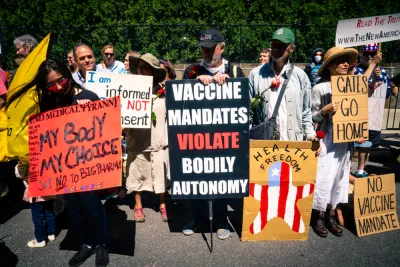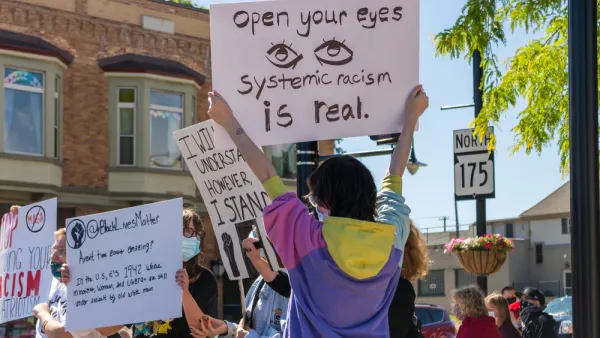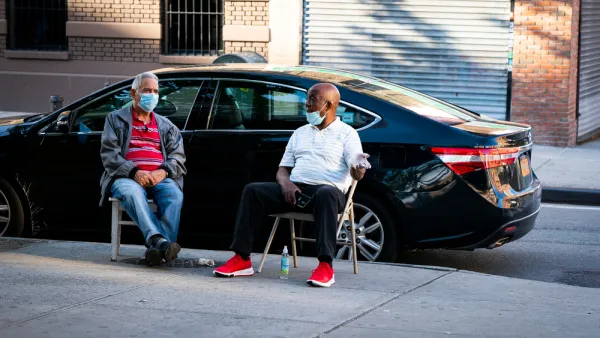For most of the Covid-19 pandemic, Black Americans died at much higher rates than White Americans. That trend has reversed at times during the past year.

The racial and environmental justice issues brought to the forefront by fatality rates from Covid-19 at the beginning of the pandemic, with Black Americans dying at much higher rates than White Americans, has completely reversed in 2022, according to recent analysis by the Washington Post.
"The imbalance in death rates among the nation’s racial and ethnic groups has been a defining part of the pandemic since the start," according to a feature article by Akilah Johnson and Dan Keating. That's no longer the case, however. "Over time, the gap in deaths widened and narrowed but never disappeared — until mid-October 2021, when the nation’s pattern of covid mortality changed, with the rate of death among White Americans sometimes eclipsing other groups," write the duo. The analysis found that the racial disparity vanished at the end of 2021.
As noted in the article, Covid fatality rates in Black Americans are influenced by poor public health outcomes from environmental conditions in Black communities. Black Americans suffer from higher rates of hypertension, diabetes, and obesity than White people—all of which contribute to higher rates of fatalities from Covid-19.
But, Covid-19 is also more likely to kill the unvaccinated, who are more likely to be Republican and White.
As noted in the article, Black Americans aren't the only racial group dealing with the consequences of unhealthy environments during the pandemic: "Cumulatively, Black, Latino and Native American people are 60 percent more likely to die of covid," according to the article.
The percentage could continue to balance if the trends identified in the source article below continue, as they would seem prepared to do with Covid continuing to mutate and vaccination rates continuing to decline.
FULL STORY: Whites now more likely to die from covid than Blacks: Why the pandemic shifted

National Parks Layoffs Will Cause Communities to Lose Billions
Thousands of essential park workers were laid off this week, just before the busy spring break season.

Retro-silient?: America’s First “Eco-burb,” The Woodlands Turns 50
A master-planned community north of Houston offers lessons on green infrastructure and resilient design, but falls short of its founder’s lofty affordability and walkability goals.

Delivering for America Plan Will Downgrade Mail Service in at Least 49.5 Percent of Zip Codes
Republican and Democrat lawmakers criticize the plan for its disproportionate negative impact on rural communities.

Test News Post 1
This is a summary

Test News Headline 46
Test for the image on the front page.

Balancing Bombs and Butterflies: How the National Guard Protects a Rare Species
The National Guard at Fort Indiantown Gap uses GIS technology and land management strategies to balance military training with conservation efforts, ensuring the survival of the rare eastern regal fritillary butterfly.
Urban Design for Planners 1: Software Tools
This six-course series explores essential urban design concepts using open source software and equips planners with the tools they need to participate fully in the urban design process.
Planning for Universal Design
Learn the tools for implementing Universal Design in planning regulations.
EMC Planning Group, Inc.
Planetizen
Planetizen
Mpact (formerly Rail~Volution)
Great Falls Development Authority, Inc.
HUDs Office of Policy Development and Research
NYU Wagner Graduate School of Public Service





























